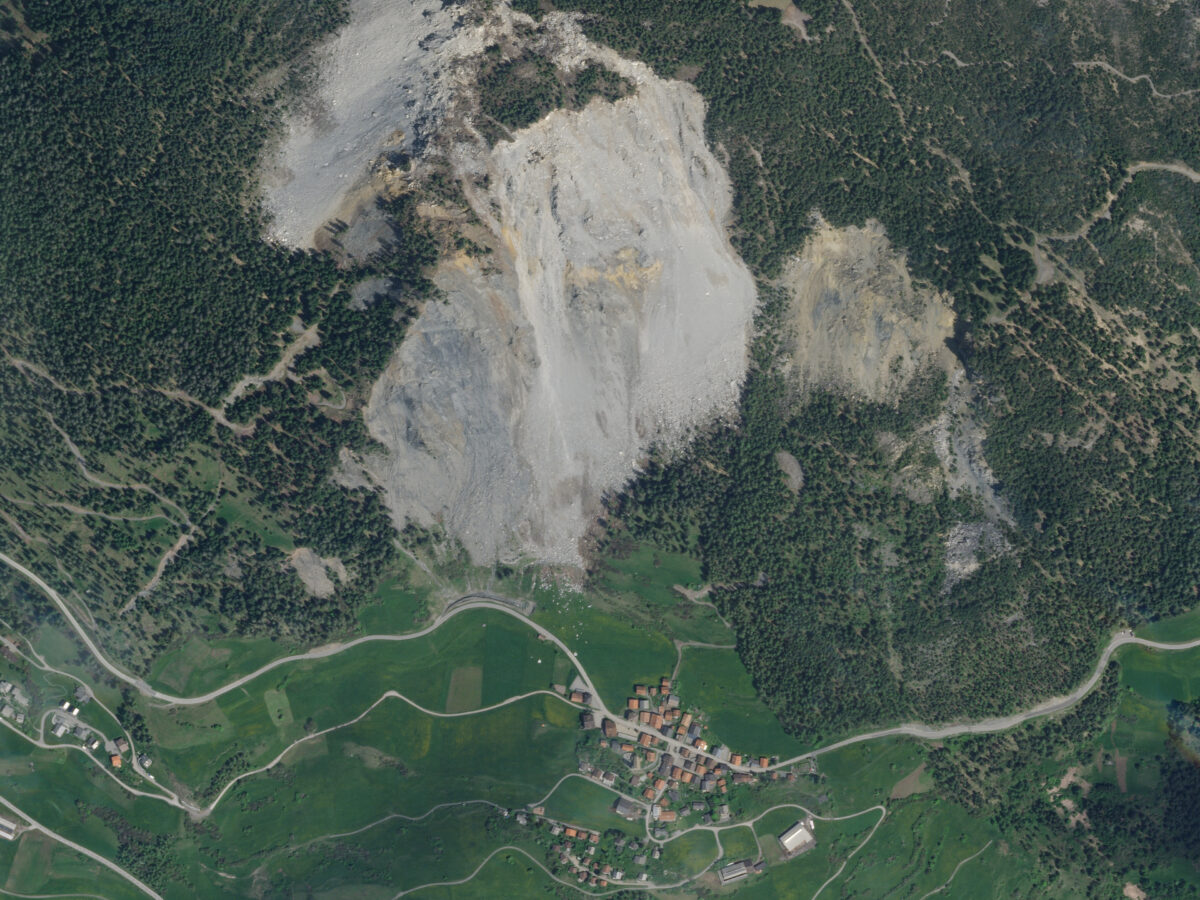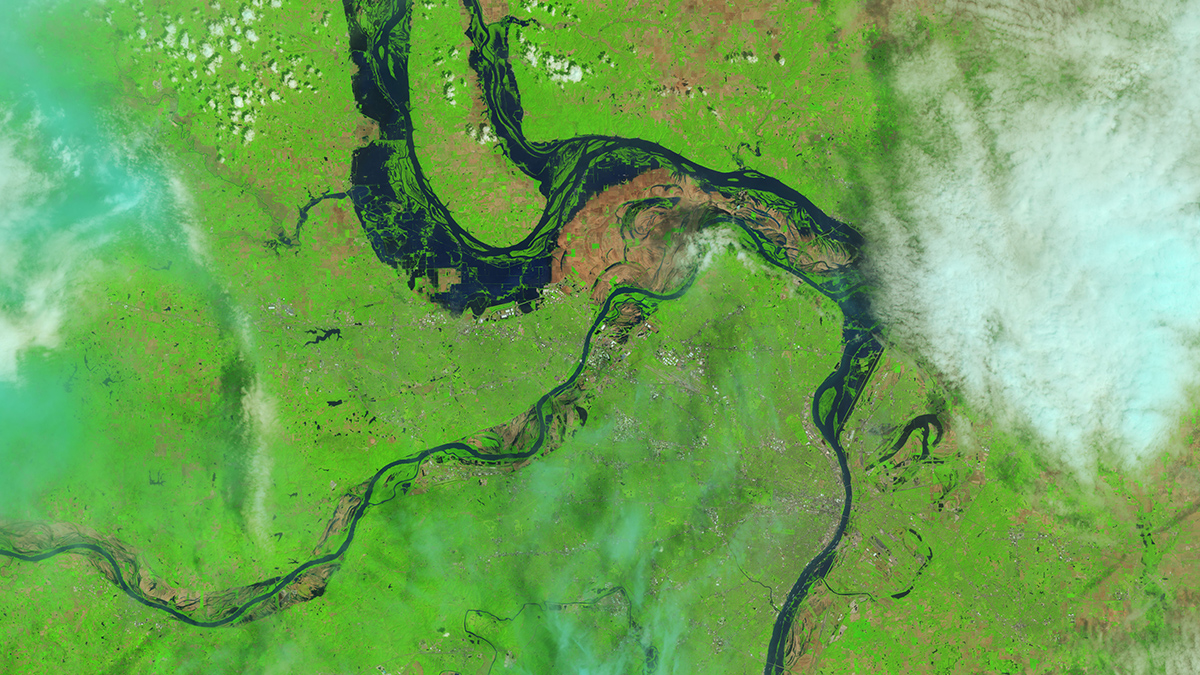Global surface air temperatures will likely remain high through early summer because of a continuing El Niño event.
temperature
科学家研究木卫二的热量如何通过海洋向上传递
木星的卫星木卫二可能是太阳系中最有希望寻找到生命的地方之一。一项新的研究探讨了热量是如何从木卫二的地幔通过海洋转移到其冰壳中的。
Scientists “Astonished” at 2023 Temperature Record
Global temperatures in 2023 smashed records by a wide margin, surprising climate scientists and highlighting the need for more research.
Scientists Investigate How Heat Rises Through Europa’s Ocean
A new study examines how heat may be transferred from the mantle, through the ocean, and into the icy crust of one of Jupiter’s moons—perhaps among the most promising places in our solar system to search for life.
Oceanic Cacophony
The ocean is a pretty loud place, and anthropogenic noise is adding another layer to the soundscape.
Climate Change Turns Up the Heat in Greek Museums
Museums and historic buildings use indoor microclimates to preserve artifacts, but rising temperatures could create a breeding ground for pests, mold, and deterioration.
Ocean Warming Sets the Stage for Dangerous but Predictable East Africa Droughts
Scientists have uncovered a connection between temperature gradients in the Pacific Ocean and deadly but predictable consecutive dry spells in East Africa.
Brienz/Brinzauls: Controls on rockfalls in high mountain environments
The Landslide Blog is written by Dave Petley, who is widely recognized as a world leader in the study and management of landslides. The availability of high temporal and spatial resolution monitoring technologies, most notably terretrial laser scanning (Lidar) and doppler radar, has transformed our ability to understand rockfalls. These systems can be deployed to […]
Rivers Are Warming Up and Losing Oxygen
Researchers used deep learning to fill in the gaps of “patchy” water quality data, revealing decades-long trends toward warmer and less oxygenated rivers that could have worrisome consequences.
Patterns of Surface Warming Matter for Climate Sensitivity
Location, location, location. Surface temperature patterns play a fundamental role in Earth’s energy budget.










